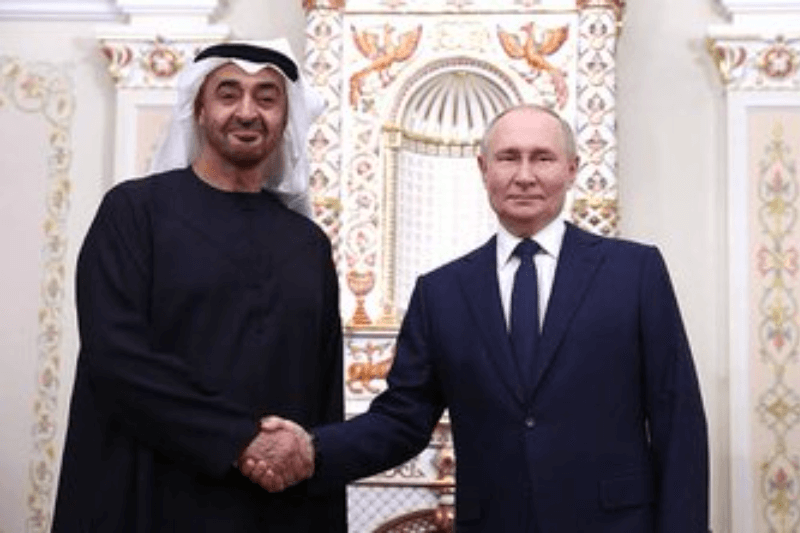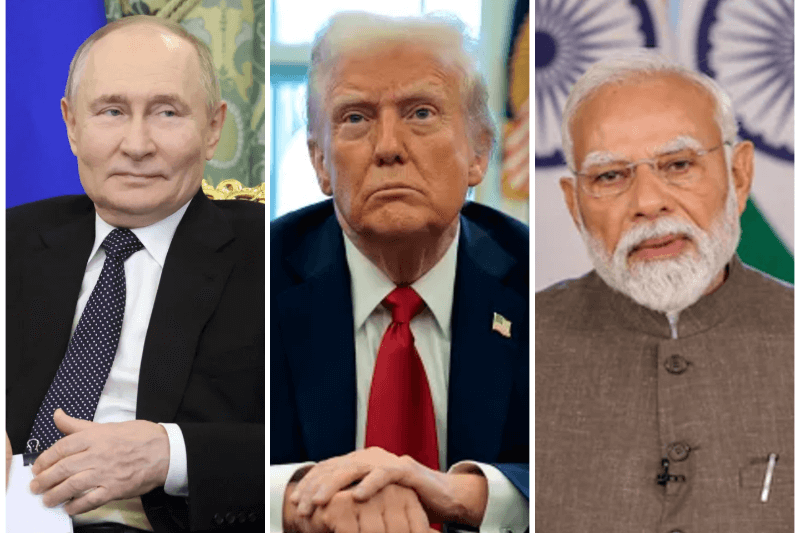
Analyzing Russia’s Assertion of Ukrainian Soldier Casualties
In a recent development amid the ongoing conflict between Russia and Ukraine, a claim has surfaced regarding a significant airstrike purportedly resulting in large numbers of Ukrainian soldiers casualties. This assertion, made by a Russian general, has sparked immediate attention and raised questions about the extent of the impact.
The Claim and Its Context
The statement was made by Colonel General Alexei Kim, the deputy chief of the General Staff of the Russian Armed Forces, during a meeting with Russian Defense Minister Sergei Shoigu. According to Russia’s Defense Ministry, Kim asserted that up to 300 soldiers were killed in a single airstrike. However, it’s crucial to note that these numbers remain unverified, and there has been no official response from Ukrainian authorities as of yet.
Keep Reading
Lack of Independent Verification
While such claims carry significant weight in the ongoing conflict, the lack of independent verification poses a challenge in determining their accuracy. Without concrete evidence or corroborating reports, it becomes challenging to ascertain the validity of the casualty figures provided by the Russian military.
Absence of Ukrainian Response
The absence of an immediate response from Ukrainian authorities further complicates the matter. Without a statement or confirmation from the Ukrainian side, there remains a void in understanding the events surrounding the alleged airstrike and its aftermath.
Details and Context
During the meeting, Colonel General Kim refrained from disclosing the exact location of the airstrike. However, he referenced the strike’s target as the “deployment point of the ‘Kraken’ nationalist formation,” alluding to a specific unit within the Ukrainian Defense Intelligence. Additionally, Kim highlighted the recent destruction of military equipment and facilities, underscoring Russia’s continued military operations in the region.
Analysis and Implications
The assertion of significant casualties raises concerns about the escalating violence in the region and the toll it exacts on both military personnel and civilians. Moreover, it underscores the challenges of verifying information in a conflict zone where access is limited and narratives are often shaped by conflicting interests.
Conclusion
As the situation continues to evolve, it’s imperative to approach such claims with caution and await further confirmation from reliable sources. While the assertion of large casualties demands attention, independent verification remains paramount in understanding the full scope of events unfolding in the conflict between Russia and Ukraine.




